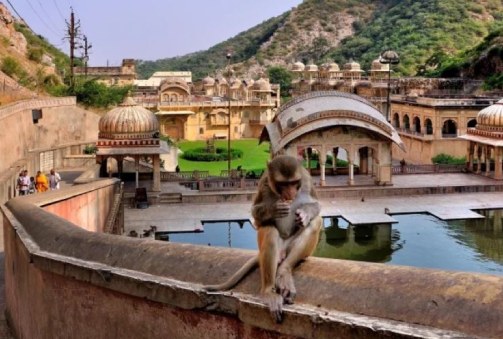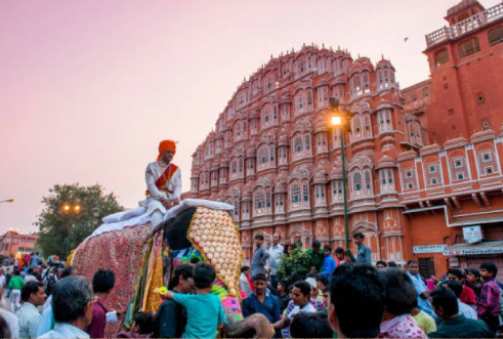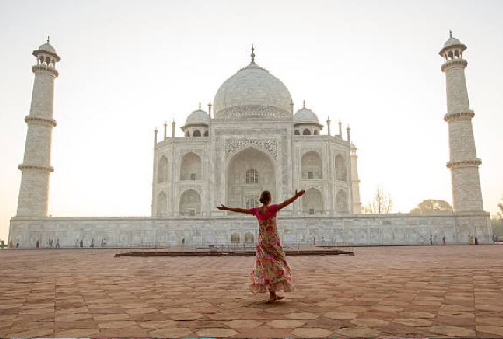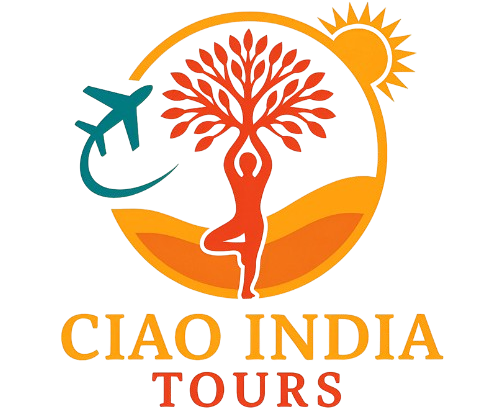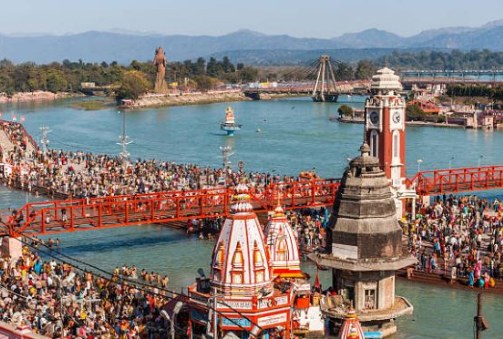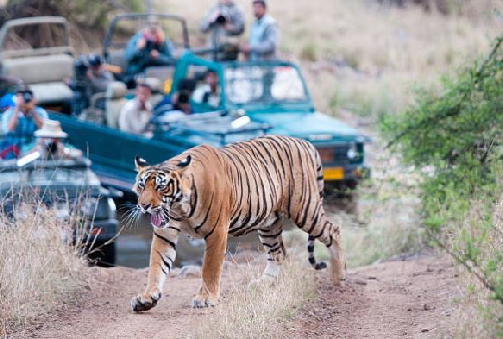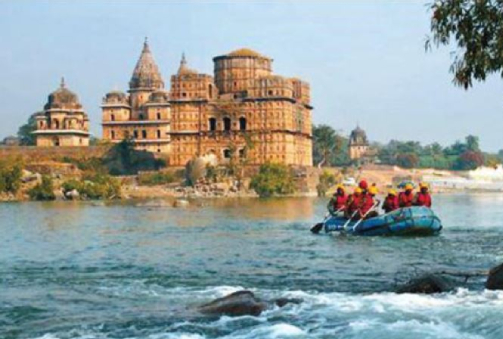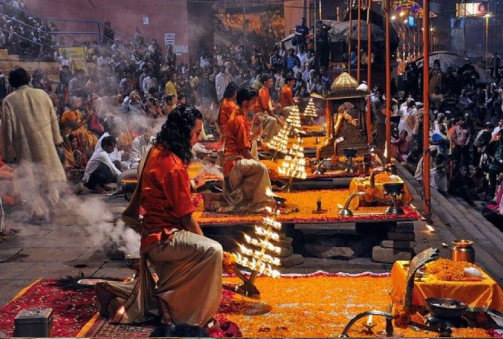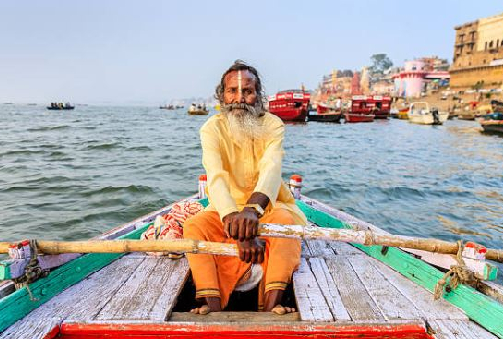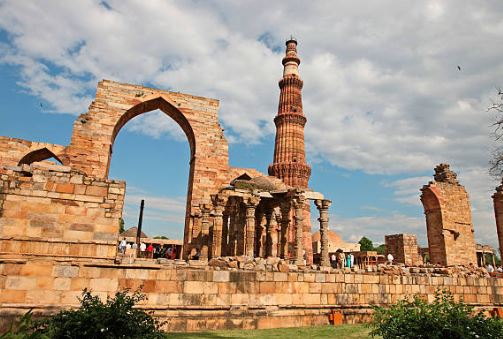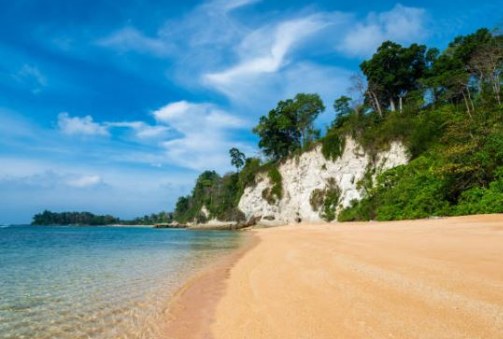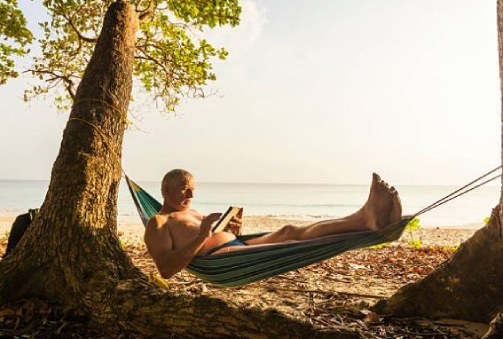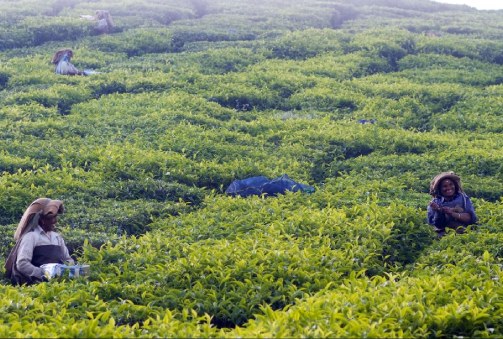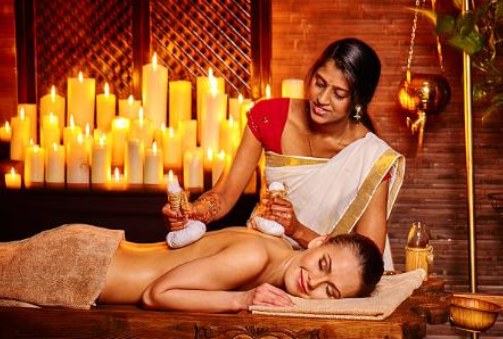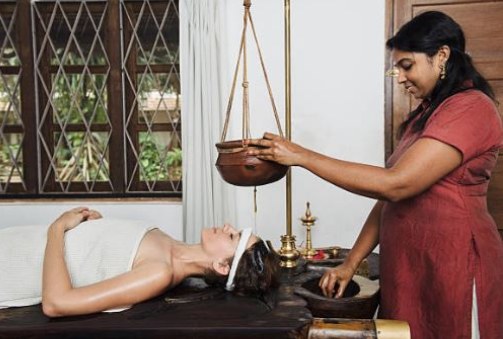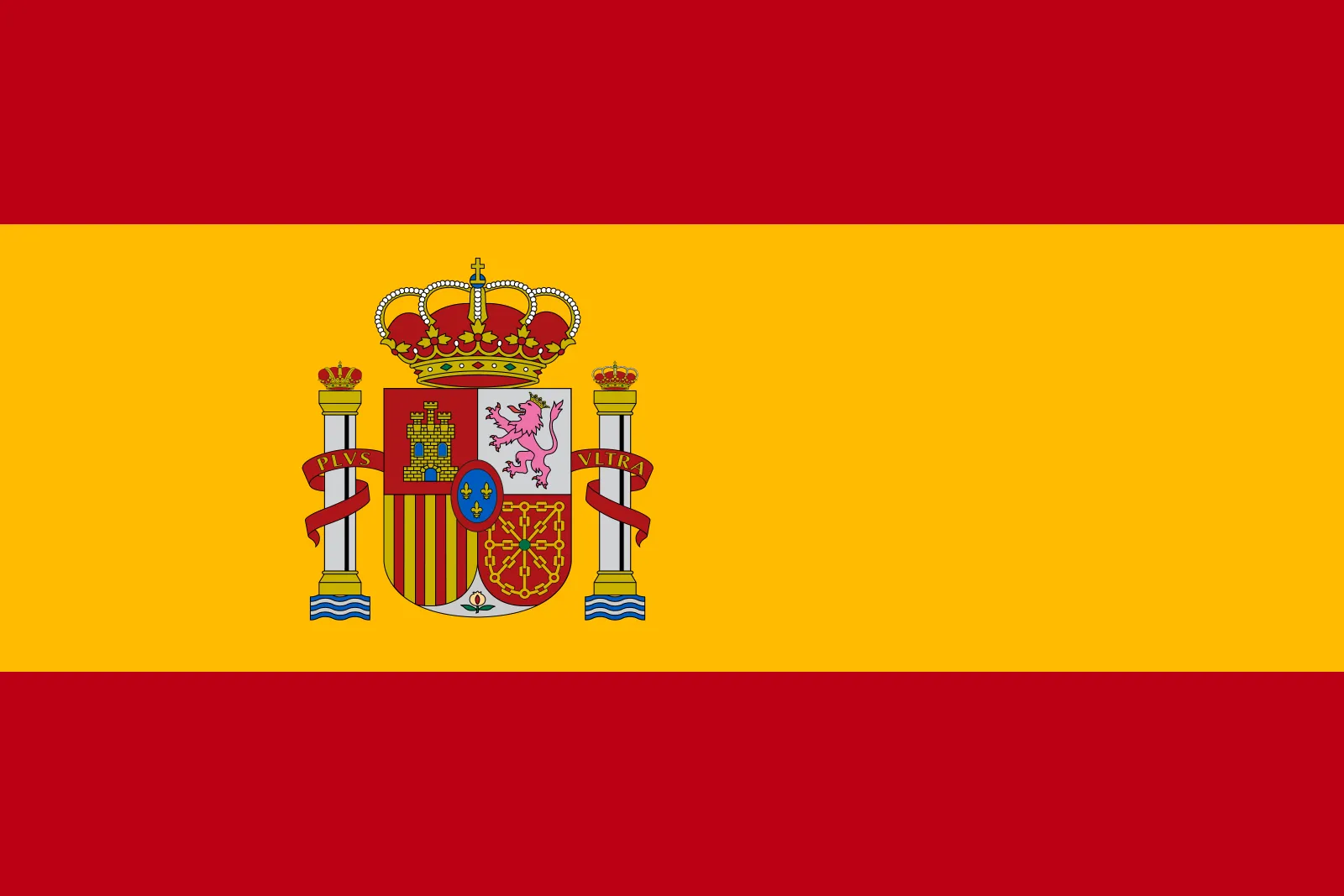All our tours are 100% customizable
Kerala, Tamilandu and Lakshadweep – 18 nights/19 days
Price to be reconfirmed – 1760 Euro/pp minimum -02 persons
Chennai-Mahabalipuram-Pondicherry-Tanjore-Trichy-Madurai-Thekkady-Alleppey-Kochi-Agatti-Bangaram-Agatti-Kochi
Day 1 Arrival in Chennai Arrival at Chennai International Airport.
Once you have completed the immigration procedures and have collected your luggage, our representative will wait for you outside the Terminal
Arrival at the hotel and check-in. Standard Check-in 2:00 p.m. / Check-out 12:00 p.m.George Town's heritage walk: - from the trading post of the East India Company in the 17th century to its modern avatar as the commercial hub of Chennai. Experience, China Bazaar Road, Vishnu Temple, Kasi Chetty Charities, Mint Street, Sowcarpet, Armenian Church, Sowcarpet, Madras High Court.
Marina Beach: - Marina Beach in Chennai, along the Bay of Bengal, is the longest beach in India and the second longest in the world. This nearly 12 kilometer sandy domain stretches from Beasant Nagar in the south to Fort St. George in the north.
Kapleshwar Temple: - Initially, the temple was built in the 7th century AD. C. by the Pallavas, where the current Santhome Church is located. After its demolition by the Portuguese in 1566 AD, the Vijayanagara kings rebuilt the temple in Dravidian architectural style.
Overnight in Chennai.
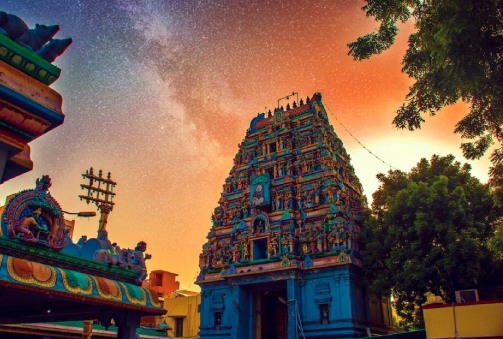
Day 2 – Chennai-Mahabalipuram (58 Km, 1 Hour 30 Minutes)
After breakfast drive to Mahabalipuram.
Upon arrival you visit The Shore Temple: - This is one of the oldest temples in South India and belongs to the second half of the 7th century AD, built with granite blocks. Since it is located on the coast overlooking the Bay of Bengal, it is called Shore Temples.
The Descent of the Ganges: - The monolith stands proudly at fifteen feet high and one hundred feet long, one of the largest and most beautiful of its kind in the world, and is smothered in lifelike carvings of humans, elephants, deities and mythical monsters, intertwined and marching in rows across every inch.
Five Rathas:- There are around nine monolithic temples in Mahabalipuram. They are the unique contribution of the Pallavas to Indian art. The monolithic temples are locally called Ratha (Chariot) as they resemble the processional chariots of a temple.
Arujuna's penance: - It is the largest in the world measuring 27 x 9 m. It has over 100 sculptures of deities, birds and beasts and saints. It is popularly called "Arjunan's Penance" as this bas-relief is believed to illustrate an example from the Mahabharata wherein Arjuna, one of the Pandavas, performed a rigorous penance with a prayer to Lord Shiva to obtain the Powerful and Divine Bow.
Transfer to the hotel.
Overnight in Mahabalipuram.

Day 3 - Mahabalipuram-Pondicherry (100 km / 2 hours)
After breakfast, drive to Kumbakonam.
After visiting Mahabalipuram, leave for Pondicherry.
Upon arrival you will visit Sri Aurobindo Ashram - Sri Aurobindo Ashram is a kind of place where you can seek spirituality in a relaxed atmosphere and achieve inner peace by meditating in its serene aura. The magical ambience of this sanctuary makes you forget everything as soon as you enter the ashram and the beautiful scenery will leave you speechless, thus making the overall setting even more spectacular.
Auroville - a city dedicated to human unity, tracing its history back to the 20th century, the concept of Auroville Township was developed in June 1965 by Mirra Alfassa, popularly known to her followers as The Mother. She wanted to build a city where people from all over the world, irrespective of their nationality, caste, religion and social status, could live peacefully under one roof.
Pondicherry Beach: - Pondicherry beaches are the most breathtaking feature of the coastal city of Pondicherry for all the tourists. With its pristine shoreline and a heap of natural beauty filled with sparkling waters and golden sands, some of the best beaches in Pondicherry attract hordes of tourists.
Visit the local market by rickshaw - This is an exploration of the Tamil quarter of Pondicherry, on foot and by cycle rickshaw. We will see the traditional houses, places of worship and the lively local markets of the district.
Overnight stay in Pondicherry.
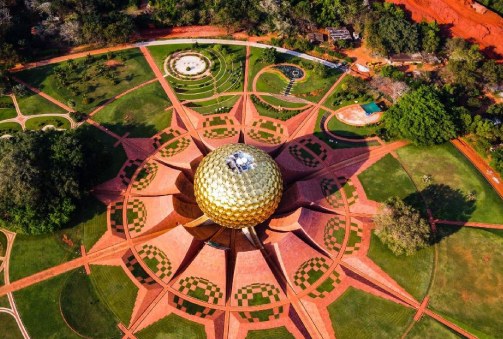
Day 4 - Pondicherry-Pichavram (76 Km, 1 hour 50 minutes) Pichavaram-Kumbakonam (87 Km, 2 hours) Kumbakonam-Tanjore (40 Km, 55 minutes)
After breakfast, drive to Tanjore.
En route visit Chidambaram nataraja - This temple dedicated to Lord Shiva called Nataraja is one of the Five Sabhas [divine stages] where Lord Shiva performed the Cosmic Dance. Chidambaram is a Pancha Bootha Sthalam, representing Akasam (Heaven), one of the five elements of nature.
Pichavaram Mangrove Forest: - Pichavaram mangrove forest is located between two major estuaries, the Vellar estuary to the north and the Coleroon estuary to the south. The Vellar-Coleroon estuary complex forms the Killai and Pichavaram mangroves. The backwaters are interconnected by the Vellar and Coleroon river systems and offer abundant opportunities for water sports such as rowing, kayaking and canoeing.
On arrival at Kumbakonam visit the Indeco Heritage Museum - Indeco believes that any object from the past, even a fragment of it, can help provide a deeper and broader understanding of our heritage and way of life, thus creating links with our forgotten history.
Bronze Factory. - It is indeed a specialized artistic tradition that is unique to the city, hence the bronze idol makers here are known as the "Swamimalai Bronze Icons".
Mahamaham Temple - This is one of the many temples dedicated to Lord Shiva in Kumbakonam. The Goddess is Visalatchi. It has shrines connected to Nine Rivers and visiting this temple is considered auspicious for girls.
On arrival at Tanjore transfer to hotel.
Overnight stay at Tanjore.

Day 5 - Tanjore-Trichy-Madurai (138 Km, 2 Hours 15 Minutes)
After breakfast the day begins.
Visit Tanjore:- Thanjavur is a city in the southern Indian state of Tamil Nadu. Its many temples include the 11th-century Brihadeeswarar Temple, a vast Chola-era complex with frescoed interiors.
Brihadeeswarar Temple - It is one of the largest temples in India and is an example of Dravidian architecture during the Chola period. Built by Emperor Raja Raja Chola I and completed in 1010 AD, the temple completed 1000 years in 2010.
The Thanjavur Maratha Palace houses the centuries-old Saraswathi Mahal Library, with palm-leaf manuscripts, and the Thanjavur Art Gallery, with bronze statues.
The Tamil University Museum displays coins, folk artefacts and musical instruments. Visit the Brihadeeshwara Temple, Thanjavur Royal Palace and Art Gallery.
After visiting Tanjore, leave for Madurai.
Rock Fort Temple En Route Visit - Trichy Among the many spectacular sites to visit in Trichi, the Rock Fort Temple is a must-visit. The fort is a massive rock structure built at an altitude of 83 m above sea level. Situated on the banks of the Cauvery River, it is the most famous landmark of Trichi. Halfway up the fort is the Thayumanaswamy Temple, also known as the Rock Fort Temple.
On arrival in Madurai transfer to hotel.
Overnight stay in Madurai.
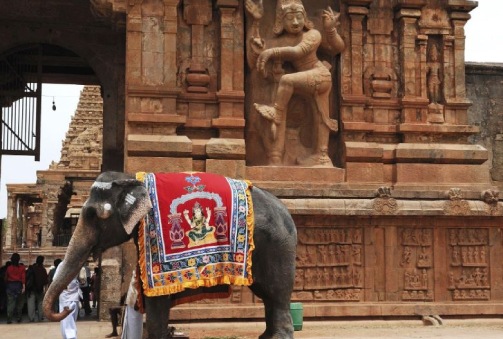
Day 6 - Madurai
After breakfast the day begins.
The Gandhi Museum is located in the old palace of Rani Mangammal. The museum revives the freedom struggle. The Gandhian movement is well represented as an art gallery. Madurai was chosen for this museum because Gandhiji took important decisions during his visits to Madurai. In 1921 he decided to give up his rich dress pattern when he was visiting Madurai.
Vilachery is a pottery village near Madurai. Over 200 families live here and most of them are engaged in pottery. They make dolls for dozens of festivals throughout the year. The papier-mâché dolls made here adorn homes across South India during the 9-day festival of Navratri.
Transfer to the hotel to rest
In the evening visit the temple followed by evening ceremony.
Flowers Market: - Apart from the breathtaking temples of Madurai, the city’s flower market, located between the central market and the Maatuthavani bus stand, is a vibrant representation of local life that travellers should not miss.
Meenakshi temple: - Arulmigu Meenakshi Amman Temple, also known as Meenakshi Sundareshwarar Temple, is a historic Hindu temple located on the southern bank of the Vaigai River. It is dedicated to the goddess Meenakshi, a form of Parvati, and her consort, Sundareshwarar, a form of Shiva. Built in the 14th century,
Evening Ceremony - In the late evening, you will witness the amazing pooja (prayer) ceremony at the Meenakshi temple. During the ceremony, the idols of Sundareshwar (an avatar of Lord Shiva) and his consort Meenakshi (an avatar of Parvati) are taken in a grand procession to the bedchamber, where they are kept for the night
Note: To visit Meenakshi temple, you must follow the dress code which includes shirts/tops and shorts with short sleeves or full sleeves. Sleeveless dresses, shorts or shorts are not allowed. Non-Hindus are not allowed to enter the sanctum sanctorum.
Overnight stay in Madurai.
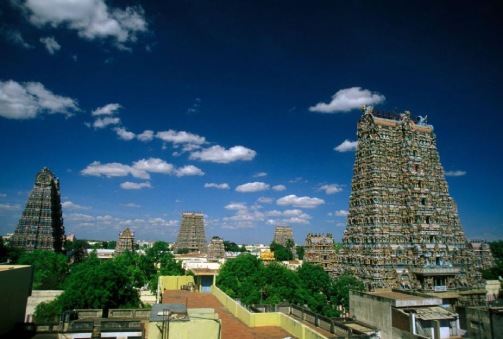
Day 7 - Madurai-Munnar (160 Km, 4 ore 30 minuti)
After breakfast, drive to Munnar.
Upon arrival, transfer to the hotel and then visit.
Pothemed Viewpoint: Experience the wonderful views of Munnar! Take a trip to Pothamedu, a hilltop site where you can enjoy beautiful views of mist-shrouded hills and green valleys caressed by cool winds.
Pallivasal Falls, Pallivasal Falls in Munnar is a secluded yet picturesque tourist spot. These waterfalls are formed by the Muthirappuzhayar River and are among the most popular waterfalls in the area. Visit the place during monsoons and the sight of water flowing over the rocks will revive your senses.
Blossom Park:- It is a park located in one of the most beautiful places in the country. Many activities are offered here, such as boating, skating, cycling, etc. And if you want a quiet visit, admire the trees and a wide variety of beautiful flowers in the park.
Overnight in Munnar.
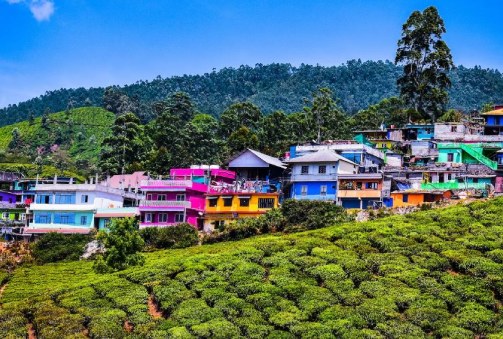
Day 8 - Munnar
After breakfast the day begins.
Tea Museum :- Tea has played a vital role in the history of Munnar. The plantations played a very important role in attracting people to the area. Tata Tea established a Tea Museum in 2005 that features photographs and machinery chronicling the journey of tea in the area.
Echo Point – About 15 km from Munnar is the famous Echo Point. Popular for its natural eco phenomenon, you can always find the area packed with enthusiastic visitors throughout the year. At an altitude of about 600 feet, people love to stroll through the lush greenery surrounding the place. It is an ideal place for picnics.
Mattupetty is among the most visited destinations in the tourist hotspot of Munnar. It is a nice picnic spot that regularly attracts visitors. People love visiting the dam and lake here and families can regularly be seen enjoying a beautiful afternoon in the area.
Photo Point :- While most of Munnar is photogenic, Photo Point is doubly so. Just 3 km from the main market of this hill station, this site is a favorite among photographers. Surrounded by the Tata Tea Gardens of Kanan Devan Hills and a variety of silver oaks, this place is located just off the main road.
Kundala Dam :- About 20 km from Munnar, Kundala Dam is a picturesque tourist spot. The dam is built on the Periyar River and is surrounded by the green mountain range of the Western Ghats.
The Munnar Rose Garden is a dreamland for rose lovers. This garden contains roses of almost every color. The Rose Garden is home to not only roses, but also hundreds of rare varieties of other flowers and herbaceous plants. The tea, cardamom and vanilla plantations behind the Rose Garden are very attractive and a lovely place for a quiet walk.
Kathakali Performance:- Kathakali is one of the major Indian classical dance forms. It is an artistic genre of "narrative work", but is distinguished by the richly colored makeup, costumes, and masks worn by traditionally male actor-dancers.
Overnight in Munnar.

Day 9 - Munnar-Thekkady (91 Km, 2 hours 53 minutes)
After breakfast, drive to Thekkady.
Upon arrival you will visit the spice plantation: - Spices and spice plantations are something unique to Thekkady, Kerala and most of them do not miss this interesting activity. Spices like cardamom require a cool and moderate climate which only Thekkady offers and that is why Thekkady and its surrounding areas are full of cardamom plantations.
Elephant Junction: - Thekkady, located near Kumily, is a great place to learn about elephants, ride them, bathe and shower alongside them. It is a fun and entertaining activity for children and adults.
The boat ride through the Periyar National Park and Wildlife Sanctuary has made it widely known by the name Periyar Lake. Governed by the Kerala Forest and Wildlife Department, the lake receives hundreds of thousands of foot traffic every year. Periyar Lake is located within a protected area and contributes to the conservation of plants, birds, fish and wild animals, some of which are rare, endemic and even endangered.
The spectacle of Kalaripayattu:- Considered one of the oldest and most scientific martial arts in the world, Kalaripayattu was developed in Kerala. Praised as the pride of Kerala, the training begins with a full body oil massage until you are limber and flexible. Feats like chattom (jumping), ottam (running) and marichil (somersault) are also integral parts of this art form.
Later return to the hotel and rest.
Overnight in Thekkady.
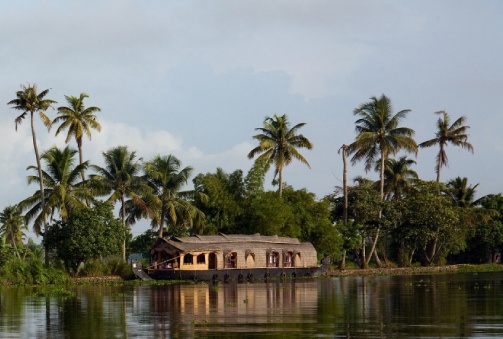
Day 10 - Thekkady-Alleppey (141 Km, 3 hours and 30 minutes) (Full board)
After breakfast, driver to Alleppy.
Arrival in Alleppy and transfer to the houseboat, rest of the day dedicated to relaxation.
Alleppey:- Popularly known as the Venice of the East, Alleppey or Allapuzha is famous for its serene backwaters and exceptionally picturesque surroundings. Houseboat cruise in Alleppey is the latest and probably the best addition to the list of ways in which you can enjoy the fascinating natural beauty of this picturesque city. This is one of the most exciting things to do in Alleppey.
Late afternoon boat ride, get off the houseboat and take a smaller boat to observe the daily life of those who live there, these shores have not changed over the centuries. It is surrounded by vast expanses of rice fields and coconut trees that sway gently in the wind.
Full board.
Overnight in Alleppey.
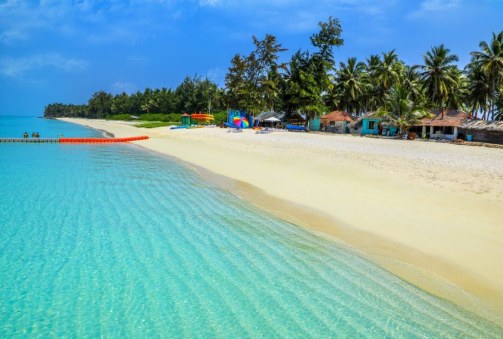
Day 11 - Alleppey-Marari (20 Km, 45 minutes)
After breakfast, drive to Marari.
Upon arrival in Marari transfer to the hotel.
Leisure time to relax.
Overnight in Marari.
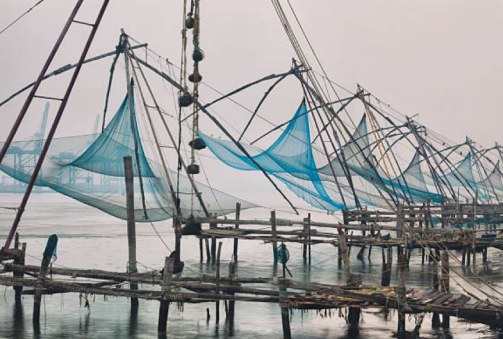
Day 12 - Marari-Kochi (41 Km, 1 hour)
After breakfast, drive to Kochi.
The Mattancherry area: - has people of different languages and ethnic identities. Churches, agraharams, mosques and a synagogue coexist in the area, along with buildings from the colonial era, which bear witness to a vibrant past and a harmonious present.
Chinese nets: - Chinese nets made of teak wood and bamboo poles work on the principle of balance. Each structure, approximately 10 m high, is fixed to the beach and has an overhang with attached netting that extends over an area of approximately 20 meters.
Jewish Street: - you can choose between curiosities, antique tableware, carved wooden furniture, bronze and brass sculptures, remains of traditional houses and jewelry. Antique sellers love to chat and keep you informed about the origins of the items and their shops. Their lives are colorful memories of a once-strong community whose numbers have dwindled considerably over the years.
The Synagogue: - The Paradesi Synagogue, in a corner of the Jewish City, is more than a hundred years old and houses many rare antiquities. The synagogue, which attracts many visitors, adds to the picturesque charm of Mattancherry.
Dutch Palace: - Although the Dutch Palace was called that, it was the Portuguese who built it. What the Dutch did was just a cosmetic restoration and repair. During the first decades of the 16th century, the Portuguese looted many temples in Kochi. In 1555 they built the palace and gifted it to King Veera Kerala Varma in the hope of establishing trade relations with the kingdom. When the Dutch came to Kochi much later, they renovated the building.
The Holy Cross Cathedral Basilica in Fort Kochi, Kochi, is one of the nine basilicas in Kerala. Counted as one of the historical buildings of Kerala, this church is one of the most beautiful and impressive in India and visited by tourists throughout the year. It is a place of devotion as well as a center of historical importance, endowed with architectural and artistic grandeur and the colors of the Gothic style.
Dhobi Khana is the place where the Tamil-speaking Vannan community performs laundry work, the profession traditionally practiced by the community. This practice of the Vannan community dates back to the colonial period. The story goes that the Vannans were brought by the king of Kochi from Coimbatore and Tirunelveli to wash the military uniforms of the Portuguese or Dutch. In 1975.
Overnight in Kochi.

Day 13 - Kochi-Agatti (By flight) Agatti-Bangaram (By boat) (Full board)
After breakfast, depart for Laccadive (Bangaram)
Transfer to Kochi airport as per flight schedule for Agatti.
On arrival at Agatti transfer to Bangaram by boat.
On arrival at Bangaram transfer to hotel.
Overnight stay at Bangaram.

Day 14 - Bangaram (Full board)
After breakfast the day begins.
Free time.
Overnight stay at Bangaram.

Day 15 - Bangaram (Full board)
After breakfast the day begins.
Free time.
Overnight stay at Bangaram.
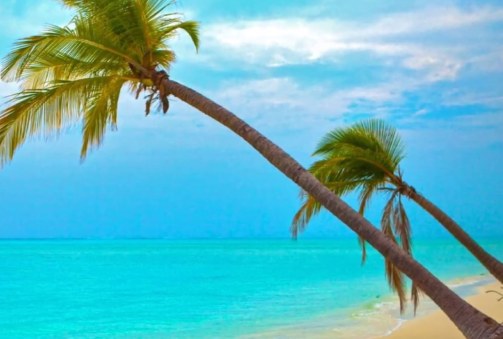
Day 16 - Bangaram (Full board)
After breakfast the day begins.
Free time.
Overnight stay at Bangaram.

Day 17 - Bangaram (Full board)
After breakfast the day begins.
Free time.
Overnight stay at Bangaram.

Day 18 - Bangaram-Agatti (By boat) Agatti-Kochi (By flight)
After breakfast, drive to Kochi.
Transfer to Agatti by boat.
On arrival at Agatti transfer to Agatti airport as per flight schedule for Kochi.
Upon arrival in Kochi, transfer to hotel.
Free time to discover the city on your own.
Overnight stay in Kochi.

Day 19 - Kochi-Next Destination
Transfer to Kochi airport.
Ciao India Tours wishes you a happy journey.
Inclusions:
- 18 nights’ accommodation in 3 star/Heritage hotels with breakfast (Full board in Bangaram), including all existing taxes.
- All transfers from the airport to the hotel and vice versa as per program.
- Meet and assist upon arrival by our representative at the airport.
- All transfers as per program with large air-conditioned car.
- The flight from Kochi to Agatti.
- The boat from Agatti to Bangaram.
- The boat from Bangaram to Agatti.
- The flight from Agatti to Kochi.
- Full board in Bangaram.
- Permit to visit Lakshadweep.
- Full board in Alleppey.
- Shikara (traditional boat) ride in Alleppey.
- One bottle of water per person per day.
- All taxes included.
- Toll, Parking, Fuel, Driver's accommodation.
Exclusions:
- Visa, International flight, Health insurance, cancellation/change of flights, trains, Alcoholic beverages, Tips, Tour guide, Tickets for monuments and activities, personal expenses, Camera etc.
- Everything that is not included in the inclusions.
Contact us to ask for quote via WhatsApp, Chat, query form or email.
WhatsApp – +919971981381
Email – info@ciaoindiatours.com

